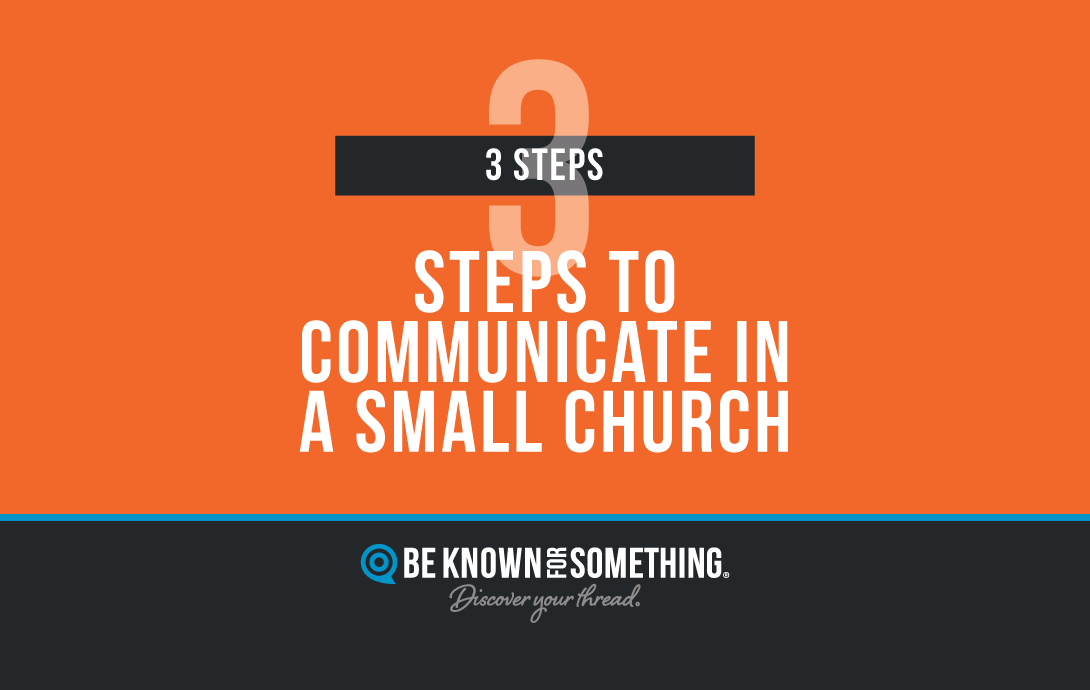You’ve been called to communicate in a small church. This is no small task though! God works through you and your church to make a difference in the world. But often the role of informing the congregation is all-consuming since “regular attendance” has dropped to less than “regular”. How do you let people know about everything going on in ministry when they’re only attending 1-2 times a month? It’s difficult.
But be careful you’re not just focusing on your internal audience. Part of the complexity of church communication is realizing you also need to connect with your community (external audience) as an act of evangelism! That’s why God’s uniquely placed you in your community. He wants to use you and your members to share the love of Christ and make disciples. A very important church communication role!
When you communicate in a small church ministry, it must be a combination of internal and external communication. Caution: A church that focuses mainly internally, will usually stay small or shrink in size.
There are 3 steps to communicating in a small church to achieve great things. I’m not talking about the preaching time — you do that well — I’m talking about church communication that’s expected before and after services, throughout the week.
- Understand your pipeline. Effective communication rises and falls on how well you know your audiences. It’s easier to know your congregation since they attend services; but you need to discover, as much as possible, about your community too. They’re your pipeline for growth! Tap into that possibility by following Jesus’ admonition: don’t just get to know facts about them; but fall in love with them. And if you love them, you’ll want to provide solutions for their needs or paths to their goals. Doing that will get their attention. And in that engagement of satisfying your community’s wants; introduce them to what they really need. Jesus is the solution but they just don’t know it yet! Bonus: Since your congregation is a subset of your community, your internal audience will also engage about similar needs, concerns, and goals that your external audience does. It’s a win/win!
- Control your keywords. Since choices and decisions are made based on what you’re known for, start controlling the words you use to describe what you’re offering in ministry. Best practices? Use words for ministries that people are seeking. How can you know? Do online keyword research. Google will suggest phrases based on one word entered into their search bar (as grey dropdown suggestions). And there are other “keyword research tools” too (Google it) that will help you identify keywords being searched for online. Adopt the regular use of those keywords or phrases to enable Google to be your biggest evangelist. Bonus: People may be looking for a secular solution but Google can suggest your ministry webpages as an option (if you’re controlling your keyword content properly). If they like what they discover, they may watch an online sermon or visit your church!
- Improve your website. To communicate in a small church, resist the urge to print communication material because getting print materials in your audience’s hands require their attendance (or expensive mailing). Instead, invest in a trusted online area where anyone can discover the benefits of your church. Most people in your community (and therefore, your congregation) generally prefer digital communication. Why? Because it’s conveniently discovered in their pocket or purse (on their phone browser): it’s searchable so they don’t have to read or scan everything and it’s easily kept.





